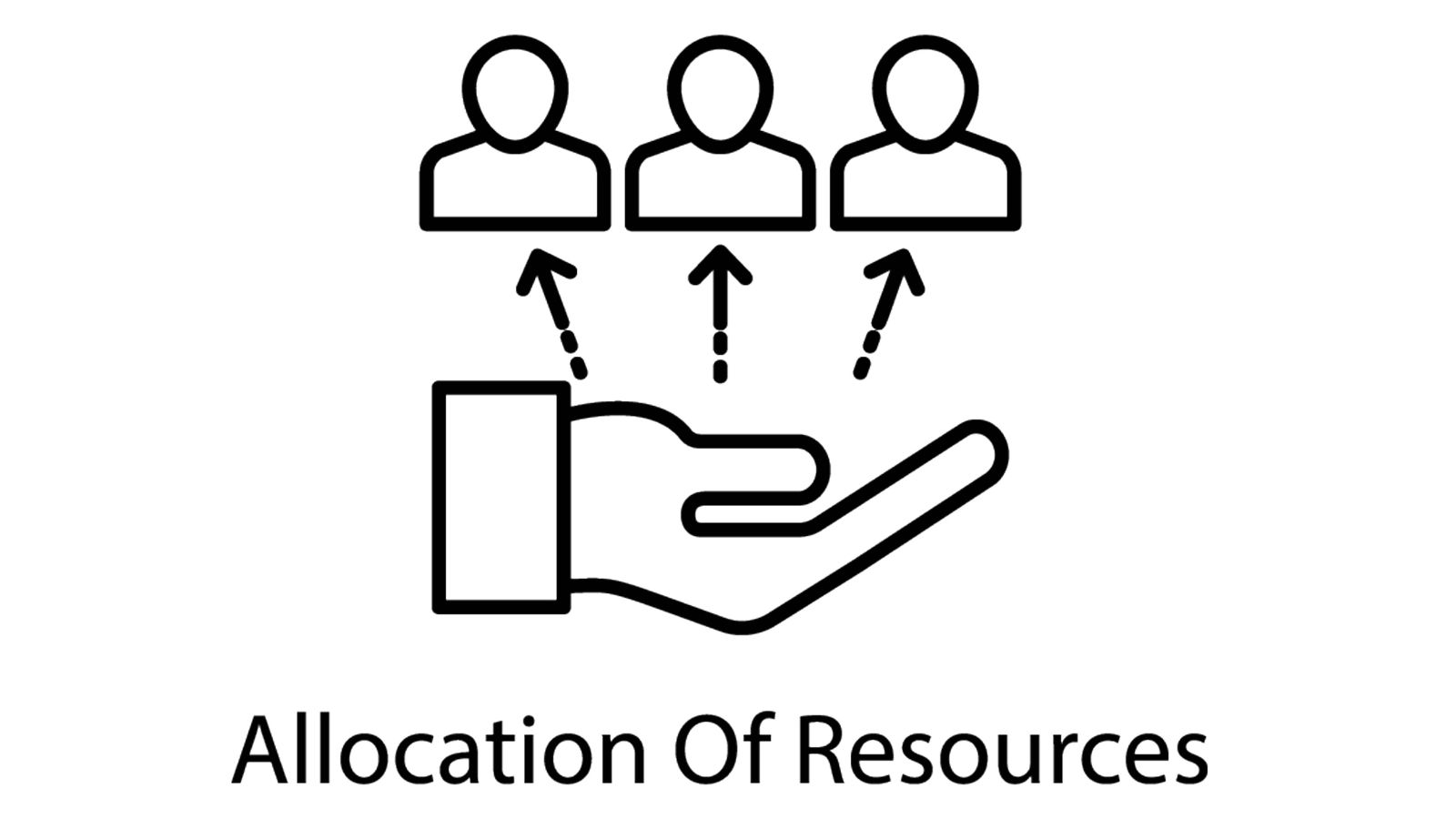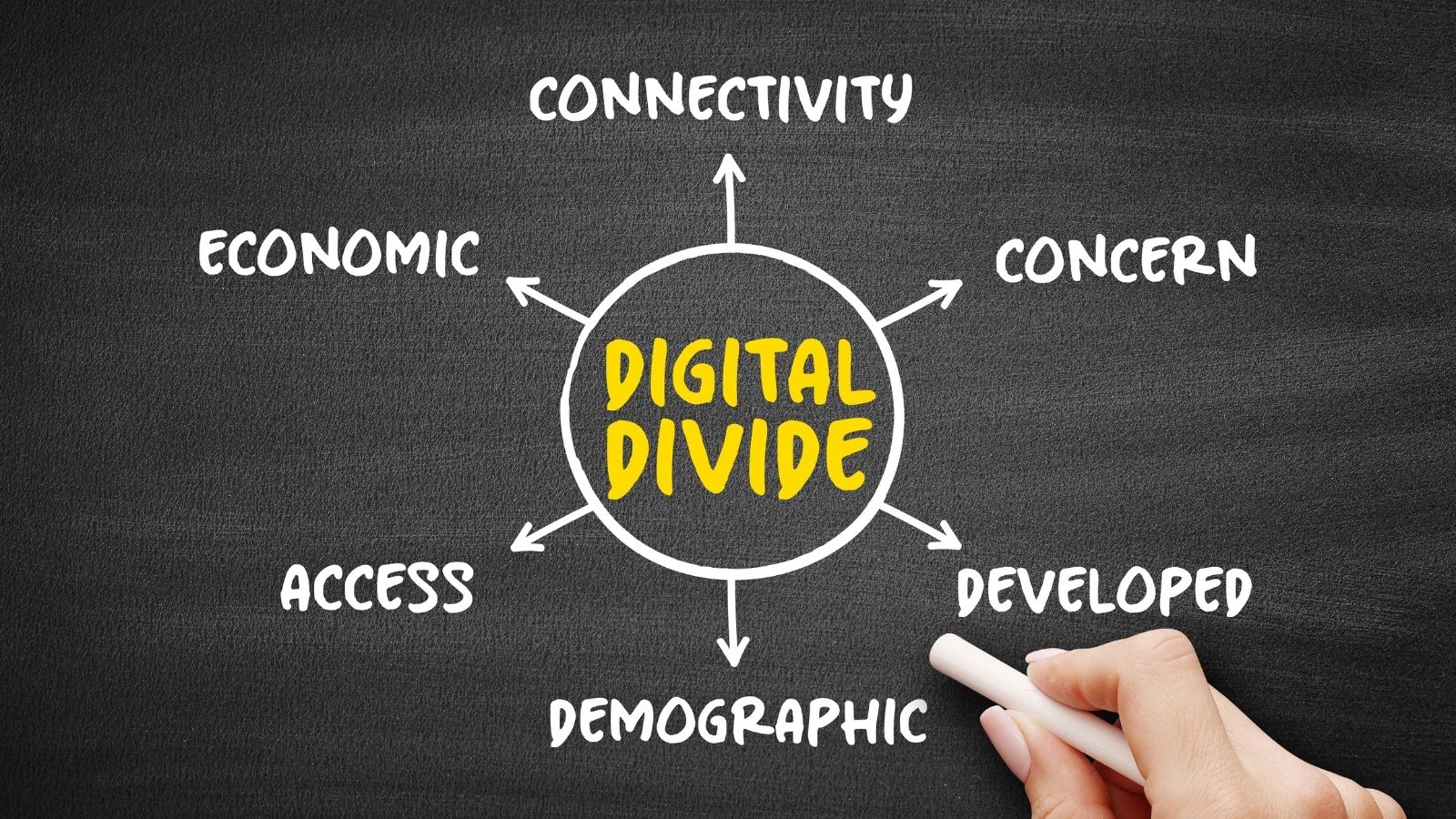The COVID-19 pandemic has left an indelible mark on global healthcare systems, exposing and exacerbating numerous challenges. As we navigate the post-pandemic world, it is crucial to understand the disturbing realities that continue to affect healthcare access.
Resource Allocation

During the pandemic, healthcare resources were reallocated to manage COVID-19 cases, leading to reduced availability of routine healthcare services. This shift has had lasting effects, with many health systems struggling to return to pre-pandemic service levels.
Economic Disparities

The pandemic highlighted and deepened economic disparities in healthcare access. Lower-income countries and communities faced greater challenges accessing necessary medical care, exacerbating existing inequalities.
Digital Divide

The rapid shift to digital healthcare services, such as telehealth, revealed significant inequalities. Access to these services varied widely, often depending on income and geographic location, leaving many without essential care.
Service Disruptions

Due to the pandemic, healthcare services experienced major disruptions and backlogs. Elective surgeries, routine check-ups, and other non-emergency services were postponed, creating a ripple effect on patient health outcomes.
Delayed Treatments

Delayed treatments during the pandemic led to worsened health outcomes for many patients. Non-COVID-19 surgeries and treatments were postponed, creating a backlog that continues to strain healthcare systems. This delay in care has had significant impacts, particularly for those with chronic conditions and urgent medical needs.
Mental Health Crisis

The pandemic significantly worsened mental health issues globally. Limited access to mental health services, coupled with increased stress and isolation, created a crisis. Many individuals struggled to receive the necessary support, highlighting a critical gap in healthcare that needs urgent attention and resources to address effectively.
Healthcare Workforce Strain

The pandemic placed immense strain on the healthcare workforce, leading to extreme stress and burnout. Overworked and under-resourced, many healthcare professionals struggled to maintain service quality. This ongoing strain affects their well-being and the overall efficiency of healthcare systems, highlighting the need for better support and resources.
Access for Vulnerable Populations

The pandemic exacerbated barriers to healthcare for vulnerable populations, including people with disabilities and low-income communities. These groups faced additional challenges in accessing necessary medical services, highlighting the urgent need for more inclusive healthcare policies and practices to ensure equitable access for all.
Economic Impact

The economic fallout from the pandemic made healthcare unaffordable for many. Job losses and reduced incomes forced individuals to prioritize basic needs over medical care. This financial strain exacerbated health disparities, as those most affected by the economic downturn struggled to access necessary healthcare services.
Fear of Infection

Fear of contracting COVID-19 deterred many from seeking necessary healthcare. This avoidance led to delayed diagnoses and treatments, worsening health outcomes. The pervasive fear of infection highlighted the need for safe healthcare environments and effective communication to reassure patients about the safety of accessing medical services.
Primary Healthcare Strain

The pandemic pushed primary healthcare systems to their limits, revealing significant weaknesses. Overwhelmed by COVID-19 cases, many primary care providers struggled to maintain routine services. This strain highlighted the urgent need for more robust and resilient primary healthcare systems capable of handling crises without compromising essential care.
Inequitable Vaccine Distribution

The pandemic highlighted inequities in vaccine distribution, with low-income countries receiving fewer doses. This uneven access prolonged the pandemic’s impact in these regions, exacerbating health disparities. Addressing this issue requires global cooperation and equitable distribution strategies to ensure all populations have access to life-saving vaccines.
Telehealth Limitations

While telehealth expanded rapidly during the pandemic, it wasn’t accessible to everyone. Rural and low-income areas faced significant challenges accessing digital healthcare services due to limited internet connectivity and technological resources. These limitations highlighted the need for more inclusive and equitable telehealth solutions to ensure broader access.
Supply Chain Disruptions

The pandemic caused significant disruptions to medical supply chains, leading to shortages of essential medicines and equipment. These disruptions affected healthcare delivery, delaying treatments and surgeries. The ongoing impact highlights the need for more resilient supply chains to ensure consistent access to critical healthcare resources in future crises.
Chronic Disease Management

The pandemic severely impacted chronic disease management, as healthcare resources were diverted to COVID-19 care. Patients with conditions like diabetes and hypertension faced disruptions in their regular treatments and check-ups, leading to worsened health outcomes. This highlighted the need for resilient healthcare systems that can maintain chronic disease management during crises.
Healthcare Infrastructure

The pandemic exposed significant weaknesses in healthcare infrastructure, particularly in low-income countries. Inadequate facilities and resources hindered effective pandemic response and routine care. Strengthening healthcare infrastructure is essential to ensure resilience and preparedness for future health crises, enabling better access to quality healthcare for all populations.
Policy Gaps

The pandemic revealed significant policy gaps in healthcare systems worldwide. Inadequate preparedness plans and insufficient policies exacerbated access issues, hindering effective responses. Addressing these gaps is crucial for future resilience, requiring comprehensive policies that ensure equitable healthcare access and robust crisis management capabilities.
Health Inequities

The pandemic magnified existing health inequities, disproportionately affecting marginalized communities. Limited access to healthcare, economic disparities, and systemic biases exacerbated these inequities. Addressing these issues requires targeted policies and interventions to ensure equitable healthcare access and improve health outcomes for all, particularly the most vulnerable populations.
Public Health Funding

Insufficient public health funding hindered effective pandemic response, exposing vulnerabilities in healthcare systems. The lack of resources limited preparedness and response capabilities, exacerbating health crises. Increased investment in public health is essential to building resilient systems, ensuring better preparedness and equitable access to healthcare for all populations.
Global Health Security

The pandemic underscored the critical need for stronger global health security measures. Inadequate preparedness and response capabilities highlighted vulnerabilities in managing health crises. Strengthening global health security requires international cooperation, robust surveillance systems, and comprehensive policies to prevent and effectively respond to future pandemics and health emergencies.
Conclusion

The COVID-19 pandemic has revealed numerous disturbing realities about healthcare access. Addressing these issues requires systemic changes, increased funding, and a commitment to equity and resilience in healthcare systems worldwide. By learning from these challenges, we can build a more robust and inclusive healthcare future.
18 Reasons Why People Are Leaving Florida in Masses

Exploring factors that impact the desirability of living in Florida, this list delves into various challenges shaping residents’ experiences. From environmental concerns like rising sea levels to economic factors such as fluctuating job markets, these issues collectively contribute to a nuanced understanding of the state’s appeal.
18 Reasons Why People Are Leaving Florida in Masses
